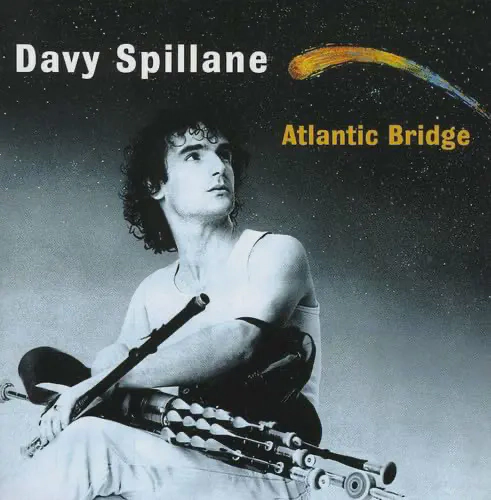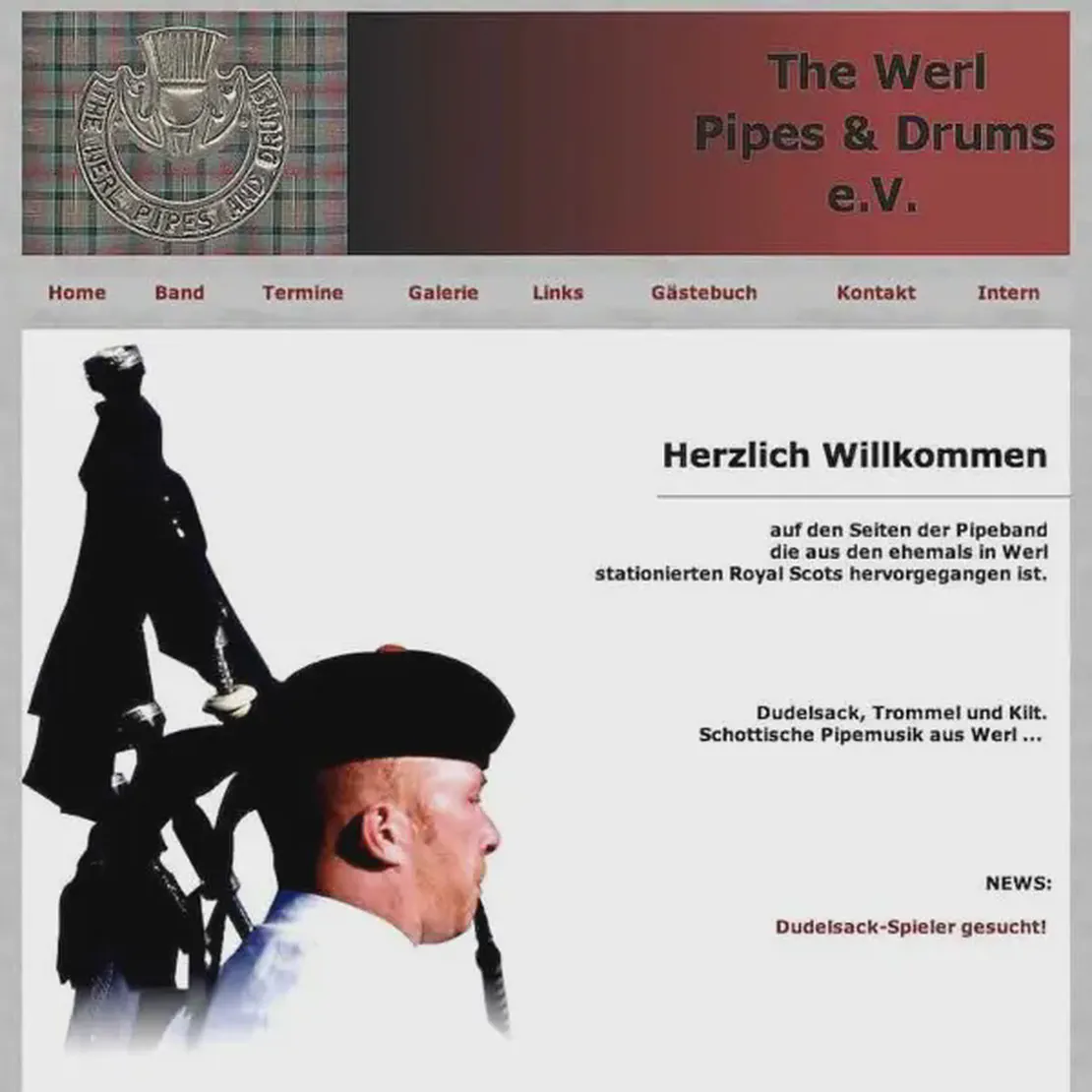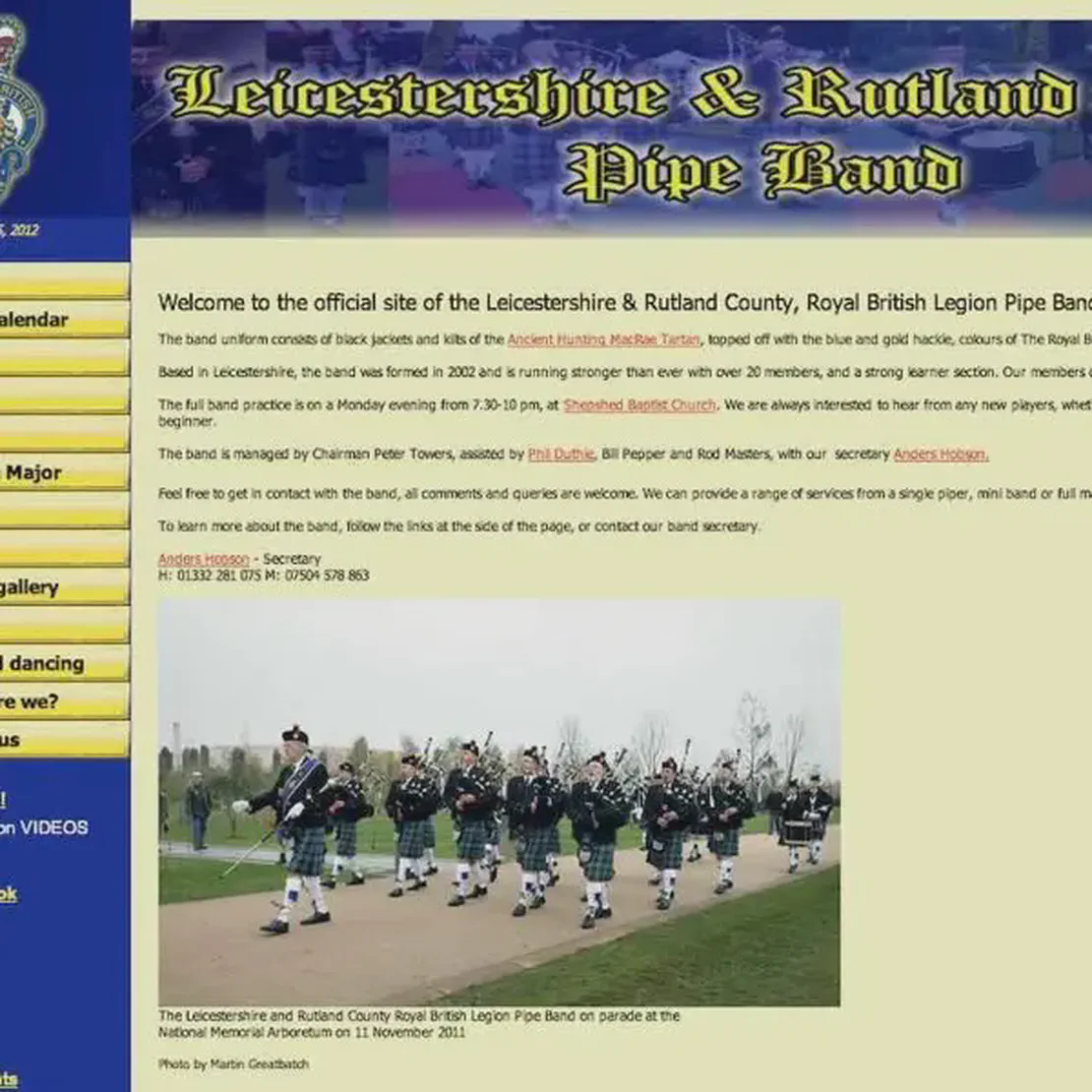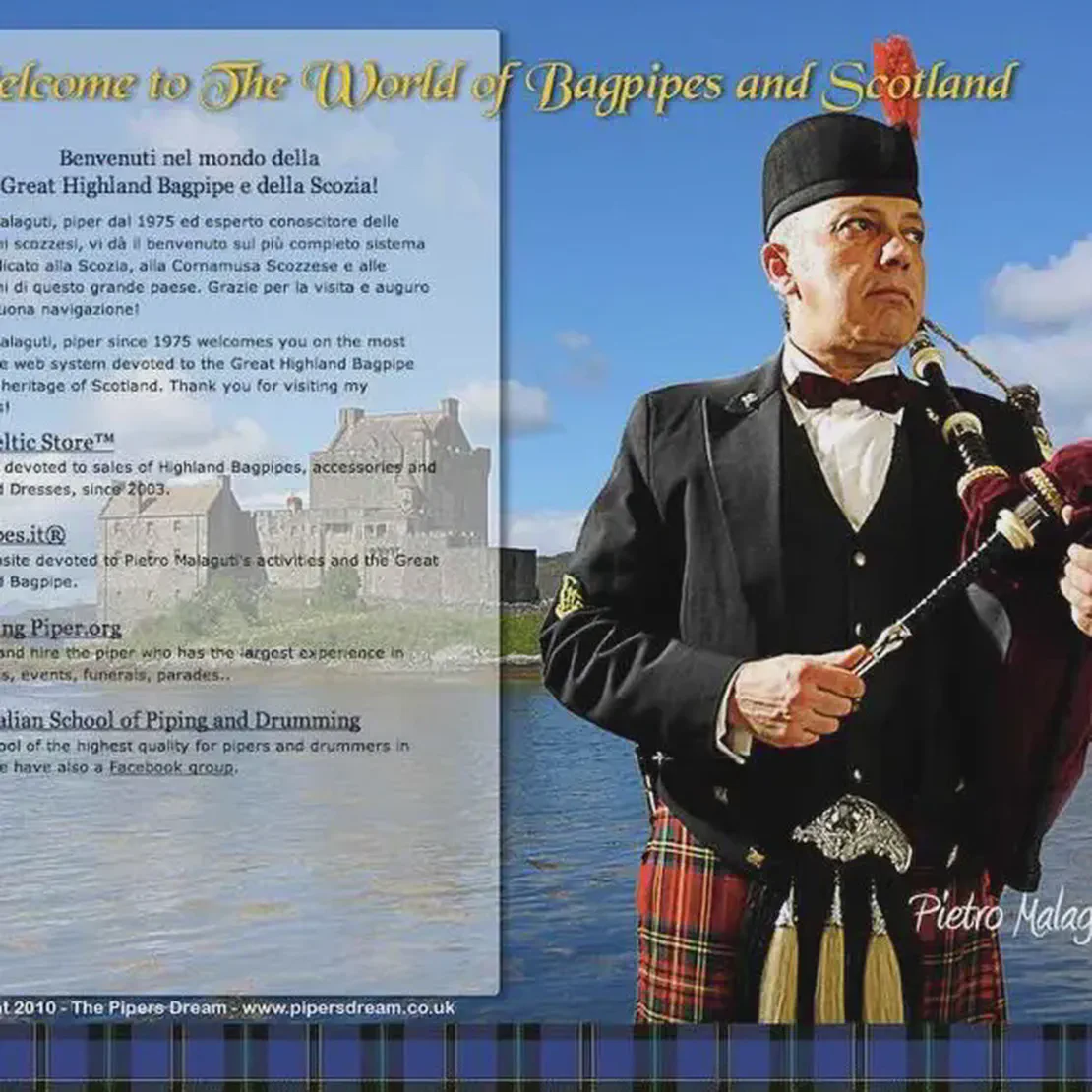- Instrument
- March 18, 2021

The Uilleann pipes, Ireland’s most famous bagpipes, are a bellows-driven instrument known for their melodic, softer sound, distinct from the louder Great Highland Bagpipes of Scotland.
Played indoors, they feature a chanter with a two-octave range, drones for harmonic support, and regulators for chordal accompaniment. Integral to traditional Irish music, the Uilleann pipes symbolize Ireland’s rich cultural heritage and national identity. Despite their complexity, these pipes have seen a revival, with many young musicians preserving the tradition, contributing to their global influence in various music genres.
The uilleann pipes are a distinctive form of bagpipe native to Ireland. Their name, “uilleann,” is derived from the Irish word for “elbow,” reflecting the method of inflation by an elbow-operated bellows. This feature distinguishes them from many other forms of bagpipes, such as the Scottish Great Highland Bagpipe, which are inflated by mouth.
Uilleann Pipes Performers

The bag of the uilleann pipes is inflated by means of a small set of bellows strapped around the waist and the right arm (in the case of a right-handed player; in the case of a left-handed player the location and orientation of all components are reversed). The bellows not only relieve the player from the effort needed to blow into a bag to maintain pressure, they also allow relatively dry air to power the reeds, reducing the adverse effects of moisture on tuning and longevity. Some pipers can converse or sing while playing. The bag which the bellows fill is clamped under the other elbow, which squeezes the bag to control the flow of air to the reeds (which make the notes).

History
The first bagpipes to be well attested for Ireland were similar, if not identical, to the Scottish Highland bagpipes that are now played in Scotland. These are known as the “Great Irish Warpipes”. In Irish and Scottish Gaelic, this instrument was called the píob mhór (“great pipe”).
While the mouth-blown warpipe was alive and well upon the battlefields of France and other parts of Europe, it had almost disappeared in Ireland. The union or uilleann pipe emerged during the early 18th century around the same time as the development of the bellows-driven Northumbrian smallpipes and the bellows-driven Scottish Lowland bagpipes. All three instruments were far quieter and sweeter in tone than their mouth-blown predecessors. Essentially their design required the joining of a bellows under the right arm, which pumped air via a tube to a leather bag under the left arm, which in turn supplied air at a constant pressure to the chanter and the drones (and regulators in the case of the Irish Uilleann pipes). Geoghegan’s tutor of the 1740s calls this early form of the uilleann pipes the “Pastoral or New bagpipe”. The Pastoral pipes were bellows blown and played in either a seated or standing position. The conical bored chanter was played “open”, that is, legato, unlike the uilleann pipes, which can also be played “closed”, that is, staccato. The early Pastoral pipes had two drones, and later examples had one (or rarely, two) regulator(s). The Pastoral and later flat set Union pipes developed with ideas on the instrument being traded back-and-forth between Ireland, Scotland and England, around the 18th and early 19th centuries.
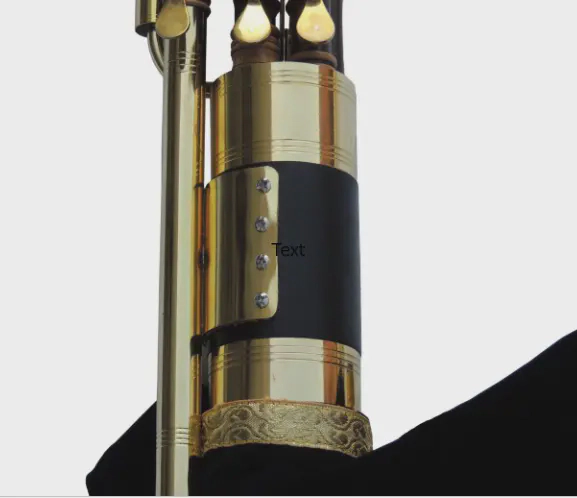
The earliest surviving sets of uilleann pipes date from the second half of the 18th century, but it must be said that datings are not definitive. Only recently has scientific attention begun to be paid to the instrument, and problems relating to various stages of its development have yet to be resolved. The Uilleann pipes or union pipes might have originated from the Pastoral pipes (Border pipes, Northumbrian pipes, Scottish smallpipes) and gained popularity in Ireland within the Protestant Anglo-Irish community and its gentlemen pipers, who could afford such expensive hand-made instruments. The Irish uilleann pipes are far more elaborate in their design, and their development is likely to have occurred among the well-to-do. Certainly many of the early players in Ireland were Protestant, possibly the best known being the mid-18th-century piper Jackson from Co Limerick and the 18th-century Tandragee blind pipemaker William Kennedy. The famous Rowsome family from Co. Wexford were also Church of Ireland until the mid-late 19th century. The Uilleann pipes were often used by the Protestant clergy, who employed them as an alternative to the church organ. As late as the 19th century the instrument was still commonly associated with the Anglo-Irish, e.g. the Anglican clergyman Canon James Goodman (1828–1896) from Kerry, who had his tailor-made uilleann pipes buried with him at Creagh (Church of Ireland) cemetery near Baltimore, County Cork. His friend, and Trinity College colleague, John Hingston from Skibbereen also played the uilleann pipes. Another piping friend of Canon Goodman, Alderman Phair of Cork (founder of the pipers club in Cork in the 1890s) had Goodman’s pipes recovered from Creagh cemetery. They were later donated to Cork piper Michael O’Riabhaigh, who had re-established the (by then extinct) pipers club in Cork in the 1960s.
Renowned uilleann pipers, like Seamus Ennis, Paddy Moloney, and Liam O’Flynn, have been instrumental in popularizing and preserving this unique instrument. The uilleann pipes continue to be an integral and revered part of Irish music and cultural identity.
